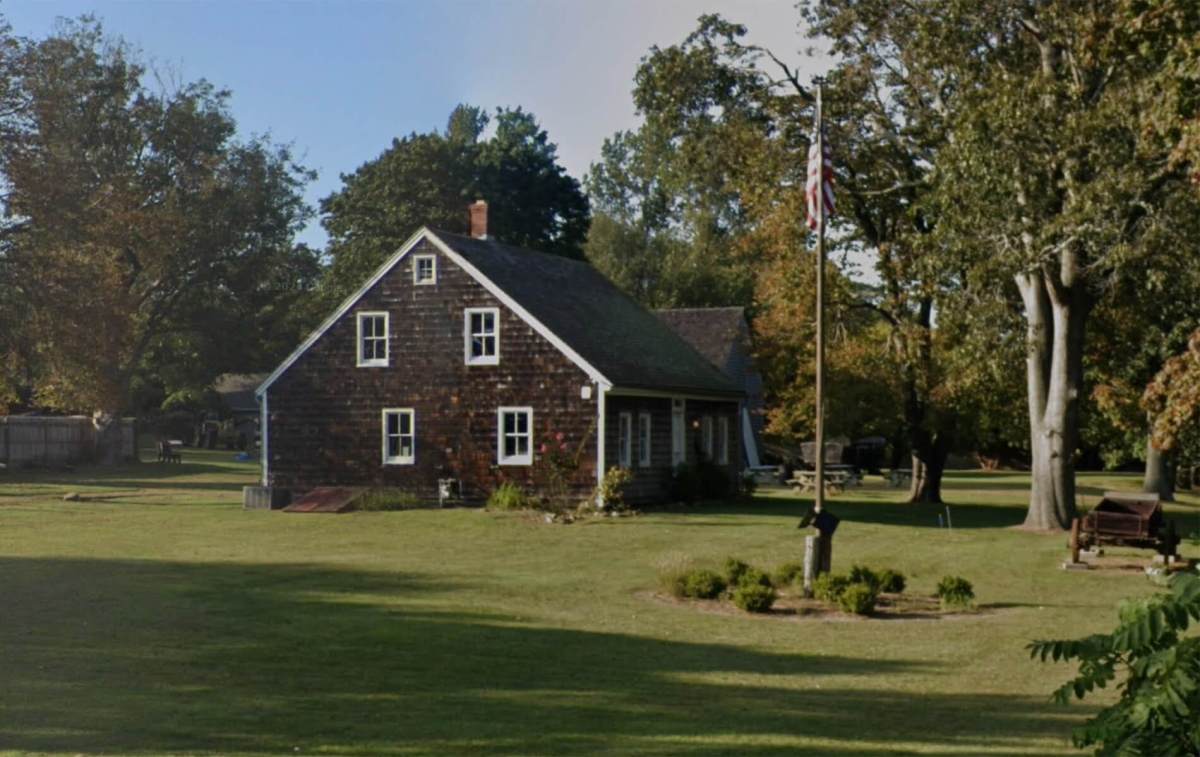Cold weather contributes to many different conditions that can affect homes. When winds are blowing fiercely, homeowners may soon discover deficits in insulation or in caulking around windows and doors. Icy conditions can cause walkways and stairs to become slick.
One winter condition can cause extensive headaches and damage and could be a mystery to many homeowners. Ice dams occur when warm air in the attic heats up the roof and melts accumulated snow. Water from this melt runs down the roof and refreezes when it reaches the colder roof edge. A mound of ice forms at the lower edge of the roofline as a result.
Ice dams may help create a picturesque winter vista, with icicles hanging and glinting in the sunlight, but they can cause significant damage. According to experts, ice dams can weigh hundreds of pounds if they get large enough, potentially affecting the structural integrity of roof eaves. In addition, ice dams can cause melted runoff to back up under roof shingles.
This water can eventually make its way inside, ruining ceilings and walls. The roof, gutters, insulation, interior drywall and other home surfaces can be damaged if ice dams are left unchecked. The following are some conditions that make a home vulnerable to ice dam formation:
1. The presence of snow on the roof.
2. An average outdoor temperature that is 32°F or lower.
3. A roof surface temperature above 32°F at its higher points and below 32°F at the lower end.
4. Indoor heat making its way to the underside of the roof.
Homeowners should take a few steps to address ice dams. The first is preventing future ice dams from forming. According to First American Roofing and Siding, LLC, improving insulation in the ceiling below the attic and addressing any inefficiencies in the home is necessary.
A professional can do a blower door test, which works by depressurizing the home and using a thermal camera to find areas where insulation is poor. In addition, adequate ventilation under the roof deck is necessary so cold air can circulate and prevent the attic from getting so warm that it will melt the snow on the roof.
The next step is to remove excess snow from the roof with a roof rake and keeping gutters clear. If ice dams have already formed, hire a professional to remove them, as it can be dangerous to do it oneself.
Snow-covered roofs and landscapes can be beautiful, but also dangerous if conditions that cause ice dams to form are not addressed.
For more home improvement articles, click here.
Email tvecsey@danspapers.com with further comments, questions, or tips. Follow Behind The Hedges on Twitter, Instagram, and Facebook.























